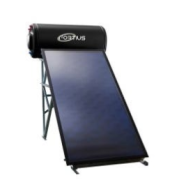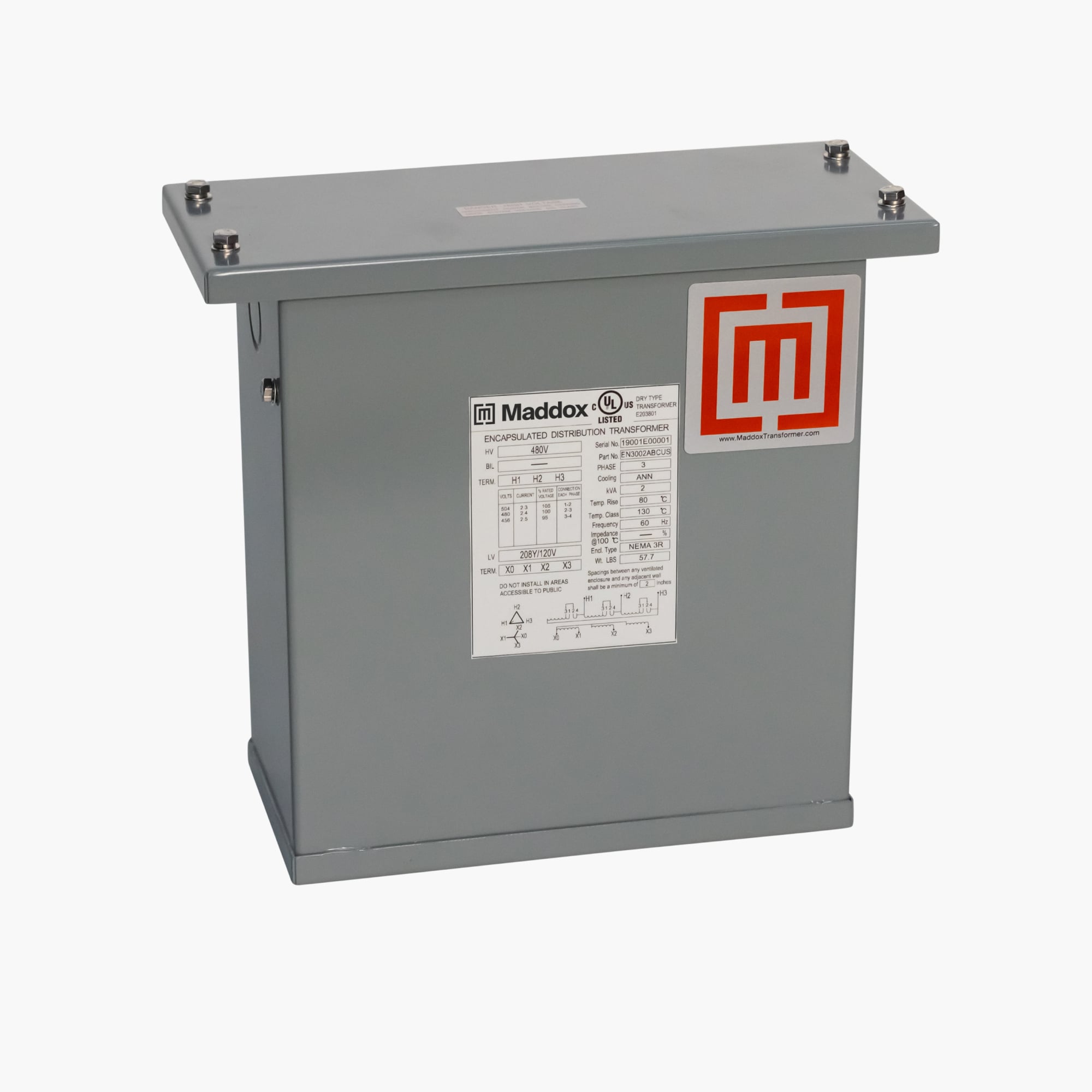OK, you can tell me to go take a hike, but I honestly think that the strategy that needs revising is the energy usage.
What you're planning seems - to me - utterly ludicrous.
Their system is meant to harvest all the PV they can during a short Alaskan winter day, and use the power 24/7 for a ground-source heat pump.
Optimal PV location is on a hill 500' away from house which gets much less sun.
PV array will be 22kW (of course reduced output with low winter sun.)
Steady-state AC power is therefore 1/6 as much as steady-state PV production (not counting things like cooking appliances.)
AC needs to send some motor starting surge current so voltage drop matters. Heat pump is thought to be soft-start except maybe for a fan.
If using 600V max SCC (or PV inverters), operating voltage Vmp is probably around 400V, not quite twice 240Vrms AC. So power losses a bit more than 1/4 of AC. For the same power, but handling 6x the power. Close to being a wash, PV DC vs. 240VAC over the wires.
AC stepped up to 480Vrms seems like it comes out ahead. Higher voltage than DC and 1/6 the (average) power.
960Vrms can be accomplished with a pair of 480/240V transformers. 4x the voltage, 1/16th the power loss for same wire. Or 1/16th as large a wire (much cheaper)
With any kind of system located at the PV array, AC including starting surge is distributed by transformer.
If an AC coupled system, GT PV inverter and 2x 480/240V transformer at PV array, grid-forming battery inverter at house.
12kW/960V = 12.5A
1000' of 12 awg = 1.6 ohms
12.5A x 1.6 ohms = 20V IR drop in wires.
20V/960V = 2.1% loss (at 12kW AC)
1000' of 12 awg costs $185. Actually, should have 1500' and one for ground.
We'll start a new thread on why people shouldn't use solar but should instead rub sticks together to start fire to heat themselves and dry their clothes on a clothes line, but in this thread we're hoping to explore how to transmit AC power 500 feet.
Its not difficult and the options have been clearly discussed. The audience is getting bored telling you its not really a good option.
Quite easily, actually.
$534 gets you 5kW 480V to 120/240V. Two of those would do 960V (centertap grounded) to 120/240V
This handles 10kW, bit more money for two 7.5kW to handle 15kW, or less voltage drop at 10kW.
This resin-encapsulated transformer converts 1-phase 240V or 480V to 1-phase 120/240V. Encapsulated units are perfect for dusty, wet, or corrosive environments.

store.maddoxtransformer.com
Same thing hooked up reverse would boost 240V to 960V.
An issue is voltage ratios aren't exactly that, probably meant to make a few percent above 120/240V no-load, so used opposite direction is a few percent low. Some transformers have taps to adjust that. Your inverter may have an adjustment to output voltage. Many appliances (e.g. your heat pump) would be designed for 208V as well as 240V systems, so could tolerate lower voltage.
At $1060 (for each of your 3 locations) for two transformers, doesn't seem bad at all. I think that and $250 of wire for one run is less than you expected to pay for wire alone.




